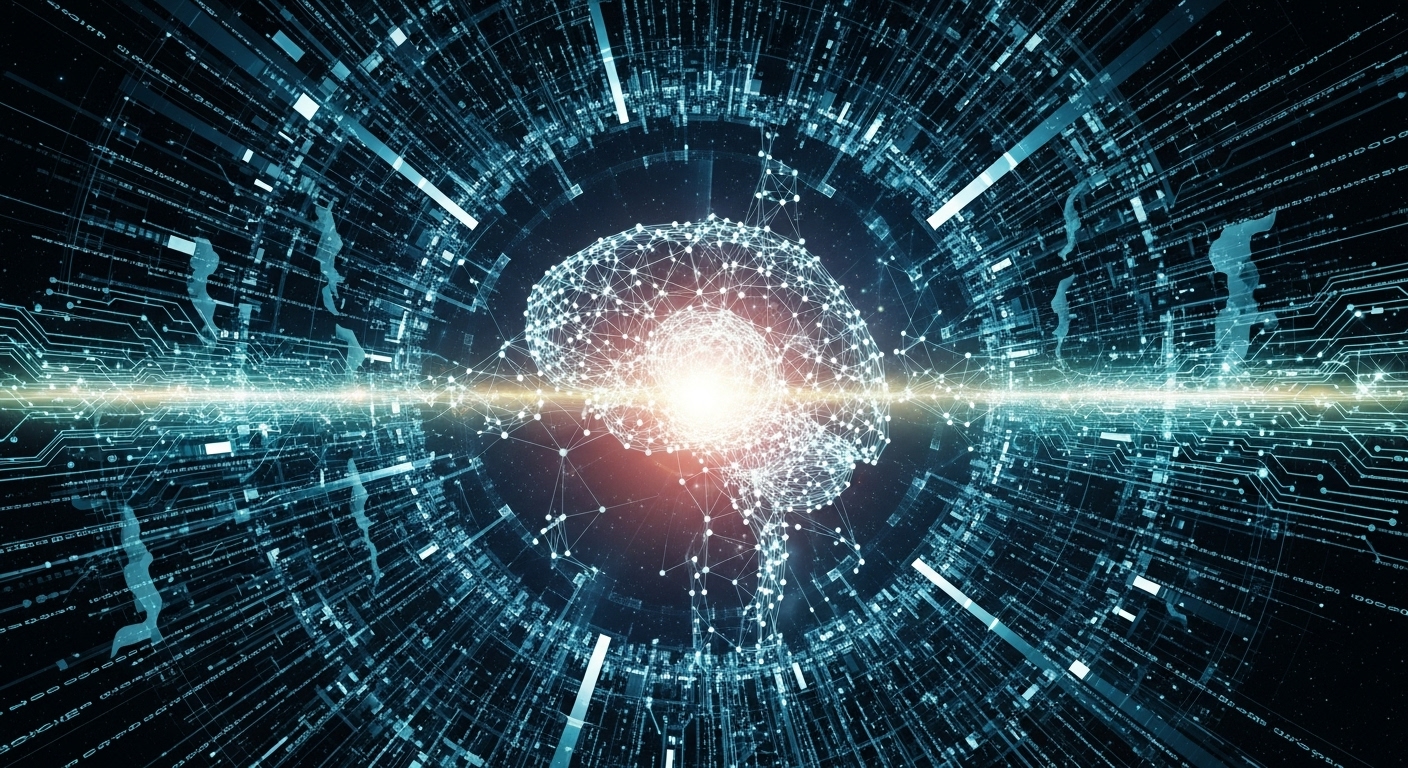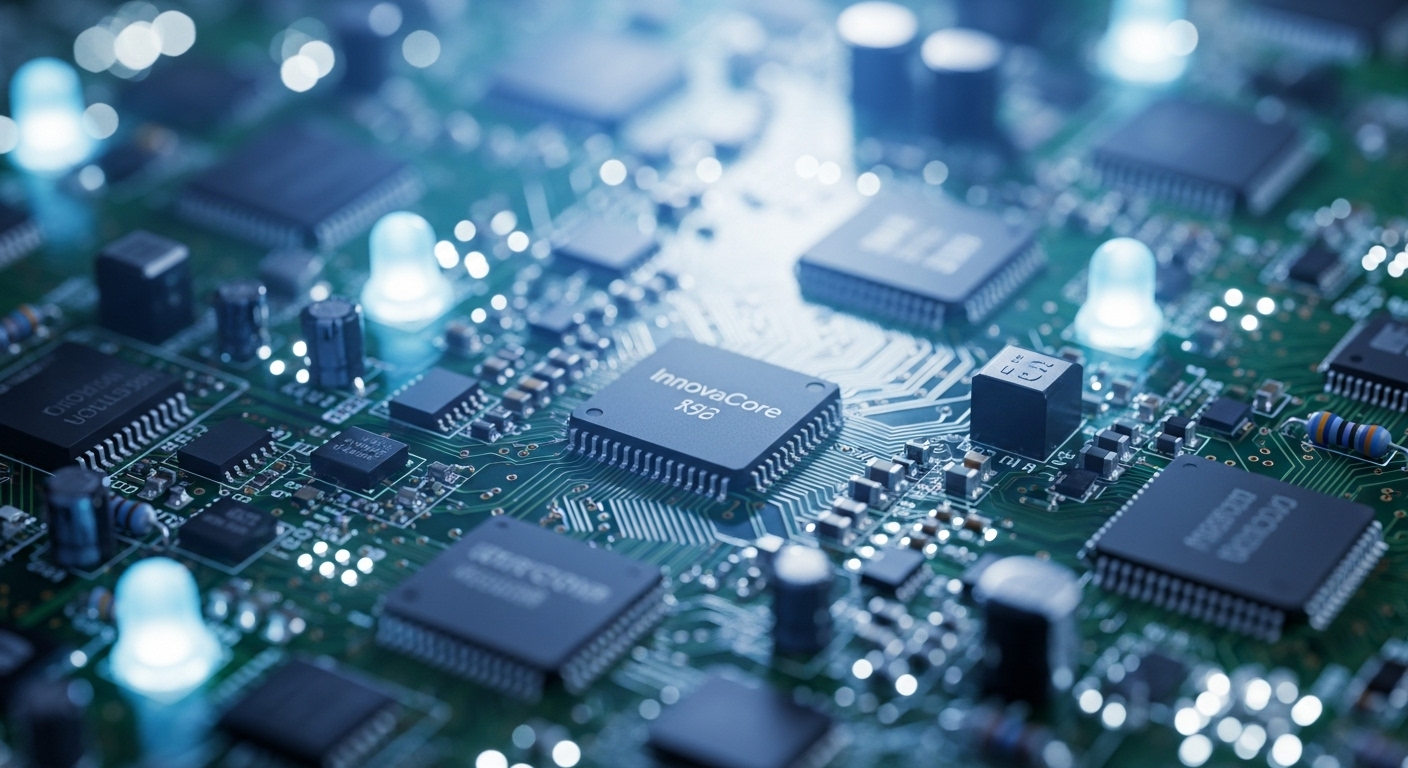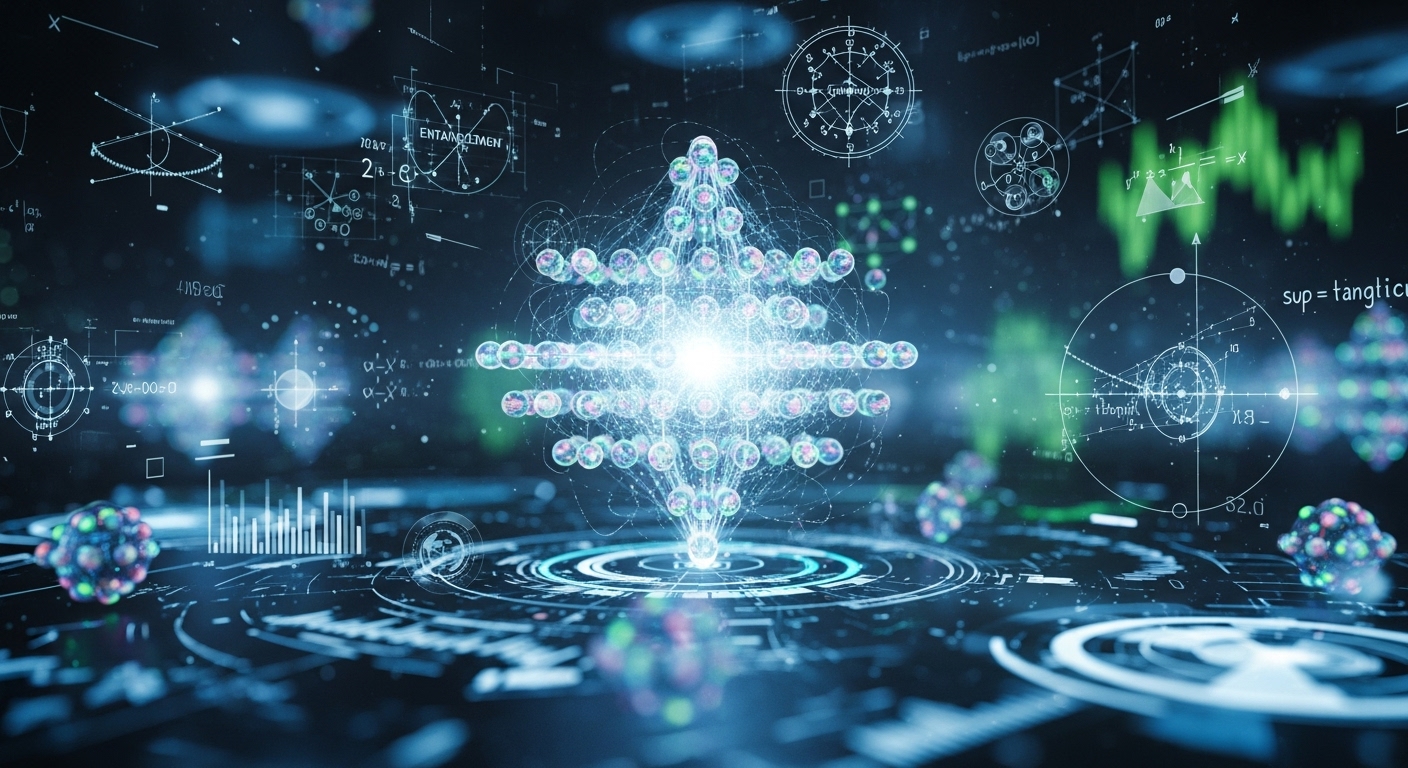In the 21st century, technology has emerged as the defining force driving human progress, creativity, and connectivity. What began as a collection of mechanical tools and early computing systems has evolved into a global ecosystem of intelligent machines, immersive environments, and interconnected devices. Today, technology touches every aspect of life—from healthcare and education to entertainment and industry—transforming the way humans interact with the world. This blog explores the profound impact of technology, tracing its evolution, current innovations, challenges, and future potential, while providing insight into how these advancements are reshaping our society.
The Evolution of Technology: From Tools to Intelligence
Technology has always been an extension of human ingenuity. The earliest tools, such as stone implements, fire, and basic agricultural innovations, allowed humans to survive and thrive. As civilizations grew, complex machines, the printing press, and mechanical devices enabled communication, trade, and cultural advancement.
The Industrial Revolution marked a significant leap, introducing mechanized production, steam engines, and mass transportation. These innovations expanded productivity and transformed social and economic structures.
The 20th century ushered in electronic computing, revolutionizing how humans process information. The invention of transistors, integrated circuits, and personal computers democratized access to computational power. The advent of the internet connected people globally, enabling instantaneous communication and data exchange. From these foundations emerged the digital world, where technology became not only a tool but an intelligent collaborator capable of learning, adapting, and influencing outcomes.
Artificial Intelligence: The New Frontier of Innovation
Artificial intelligence (AI) has emerged as one of the most transformative technological innovations. AI systems mimic human intelligence, enabling machines to perform complex tasks such as problem-solving, pattern recognition, and decision-making.
Machine Learning and Deep Learning
Machine learning allows AI to improve performance over time by analyzing data and identifying patterns. Deep learning, a subset of machine learning, uses neural networks to simulate human brain function, enabling advanced applications in image recognition, natural language processing, and predictive analytics.
Applications Across Industries
In healthcare, AI assists in diagnosing diseases, analyzing medical imagery, and predicting patient outcomes. Financial institutions use AI to detect fraud, optimize investments, and personalize banking services. Retailers rely on AI-powered recommendation engines, inventory management systems, and customer analytics. In transportation, AI drives autonomous vehicles, optimizes traffic management, and supports logistics planning.
Ethical and Social Considerations
While AI offers unprecedented benefits, it also raises ethical concerns. Bias in AI algorithms, privacy issues, and the potential displacement of jobs demand careful oversight. Developing ethical frameworks ensures AI systems operate fairly and responsibly, maximizing benefits while minimizing harm.
Quantum Computing: Unlocking Limitless Possibilities
Quantum computing represents a paradigm shift in computational power. Unlike classical computers that rely on binary bits, quantum computers use qubits, which can represent multiple states simultaneously. This capability allows quantum systems to process complex problems at speeds unattainable by traditional machines.
Applications of Quantum Technology
Quantum computing has transformative potential in several domains. In pharmaceuticals, it accelerates drug discovery by simulating molecular interactions. Financial modeling, cryptography, climate prediction, and logistics optimization also benefit from quantum computing’s computational power.
Challenges and Future Prospects
Despite its promise, quantum computing faces significant technical challenges, including qubit stability, error correction, and scalability. Major research institutions and technology companies are investing heavily in overcoming these hurdles, anticipating a future where quantum systems become integral to global problem-solving.
The Internet of Things: A Networked Reality
The Internet of Things, or IoT, connects devices, sensors, and machines to collect and share data. IoT transforms everyday objects into intelligent systems capable of optimizing performance, monitoring environments, and supporting informed decision-making.
Smart Homes and Cities
In smart homes, devices like thermostats, lighting systems, and security cameras adjust automatically to user preferences, enhancing comfort and efficiency. Smart cities use IoT to manage traffic, reduce energy consumption, monitor public safety, and improve resource allocation.
Industrial Applications
Industrial IoT supports predictive maintenance, quality control, and supply chain optimization. Sensors detect equipment failures before they occur, reducing downtime and costs. Industry 4.0, characterized by automation, robotics, and smart manufacturing, relies heavily on IoT for data-driven operations.
Healthcare Integration
IoT-enabled wearable devices track vital signs, sleep patterns, and physical activity, providing actionable insights for individuals and healthcare providers. Telemedicine platforms integrate IoT to enable remote patient monitoring, improving access and outcomes.
Virtual Reality and Augmented Reality: Transforming Human Experiences
Virtual reality (VR) and augmented reality (AR) are revolutionizing interaction with digital and physical worlds. VR immerses users in fully simulated environments, while AR overlays digital information onto real-world objects.
Gaming and Entertainment
The gaming industry has been a pioneer in adopting VR and AR, creating immersive experiences that engage players in new ways. Beyond gaming, virtual concerts, interactive exhibitions, and immersive storytelling offer innovative entertainment experiences.
Education and Training
VR and AR provide practical applications in education and professional training. Medical students can practice surgeries, pilots can train in simulated flights, and engineers can visualize complex structures in three dimensions. These technologies enhance comprehension, reduce risk, and accelerate learning.
Retail and Industry
Retailers use AR to allow customers to visualize products before purchase, while industrial applications enable technicians to perform complex tasks with real-time guidance. These innovations improve efficiency, accuracy, and user satisfaction.
Blockchain Technology: Redefining Trust
Blockchain, a decentralized and immutable ledger, ensures transparency, security, and accountability. Initially developed for cryptocurrency transactions, blockchain now extends to finance, supply chain management, digital identity, and governance.
Financial Innovations
Blockchain facilitates secure, fast, and transparent transactions. Cryptocurrencies and decentralized finance platforms enable alternative methods for transferring value and managing assets, reducing reliance on intermediaries.
Applications Beyond Finance
Blockchain supports supply chain transparency, allowing consumers to verify product authenticity and ethical sourcing. Digital identity solutions and smart contracts automate processes, enhancing security and efficiency.
Challenges
Blockchain adoption faces obstacles, including energy consumption, scalability, and regulatory uncertainty. Addressing these issues is essential for mainstream integration and long-term sustainability.
Sustainable Technology: Protecting the Planet
Technological innovation is increasingly focused on sustainability. Renewable energy, energy-efficient devices, and environmentally conscious design are crucial for addressing climate change and resource scarcity.
Renewable Energy and Smart Grids
Solar panels, wind turbines, and smart grids optimize energy generation, distribution, and consumption. IoT-enabled energy management systems monitor usage, reduce waste, and integrate renewable sources efficiently.
Sustainable Transportation
Electric vehicles, autonomous transport systems, and shared mobility reduce emissions and congestion. Advancements in battery technology and infrastructure support widespread adoption.
Green Manufacturing and Agriculture
Precision agriculture, smart irrigation, and sustainable manufacturing reduce environmental impact while improving productivity. Technology facilitates a circular economy, promoting resource efficiency and minimizing waste.
Healthcare Technology: A Revolution in Medicine
Advancements in technology have transformed healthcare, making it more accurate, accessible, and personalized. AI diagnostics, robotic surgery, telemedicine, and wearable health devices enhance patient care and outcomes.
AI and Predictive Analytics
AI systems analyze medical data to detect diseases early and recommend treatment plans. Predictive analytics identify at-risk patients, optimize therapies, and reduce medical errors.
Telemedicine
Remote consultations and monitoring extend healthcare access to rural and underserved populations. IoT-enabled wearables provide real-time health data, enabling proactive intervention.
Biotechnology and Genomics
Gene editing, genomic sequencing, and personalized medicine revolutionize treatment by targeting therapies to individual genetic profiles. These innovations improve efficacy while minimizing side effects.
Cultural and Social Impacts of Technology
Technology has transformed communication, entertainment, and social interaction. Social media, streaming services, and digital content creation enable global communities and cultural exchange.
Entertainment and Media
Streaming platforms allow personalized content access, while virtual events, interactive media, and digital art enhance creative expression and engagement.
Education and Knowledge Sharing
Online learning platforms, digital libraries, and interactive tools democratize education, providing access regardless of location. Technology empowers individuals to acquire knowledge, skills, and opportunities.
Global Connectivity
Communication tools connect people worldwide, enabling collaboration, innovation, and cultural understanding. Technology fosters global communities and shared experiences.
Challenges and Ethical Considerations
Despite its benefits, technology presents ethical and societal challenges. Privacy concerns, digital addiction, misinformation, and job displacement require careful attention.
Responsible innovation involves transparency, regulation, and ethical frameworks. Policymakers, developers, and users must collaborate to ensure technology benefits society while minimizing harm.
The Future of Emerging Technologies
The future promises continued advancements in artificial intelligence, quantum computing, augmented reality, biotechnology, and sustainable technology. Integration across sectors will create intelligent ecosystems that enhance productivity, creativity, and quality of life.
Smart cities, autonomous transport, immersive experiences, and AI-driven decision-making will redefine human life. Emerging technologies will address global challenges, including climate change, healthcare accessibility, and resource management, fostering a sustainable, connected, and efficient world.
Conclusion: Technology as the Catalyst of Progress
Technology has fundamentally reshaped human civilization. From early mechanical tools to AI, quantum computing, IoT, blockchain, and immersive digital experiences, innovation continues to expand human potential.
By transforming industries, enhancing communication, improving healthcare, and fostering sustainability, technology drives progress and defines the modern era. Embracing responsible, ethical, and creative technological development ensures that the digital renaissance continues to empower humanity, solve global challenges, and create a future filled with possibility.
Technology is not merely a tool; it is the catalyst that propels humanity beyond the limits of imagination, reshaping society, culture, and the way we experience the world.



